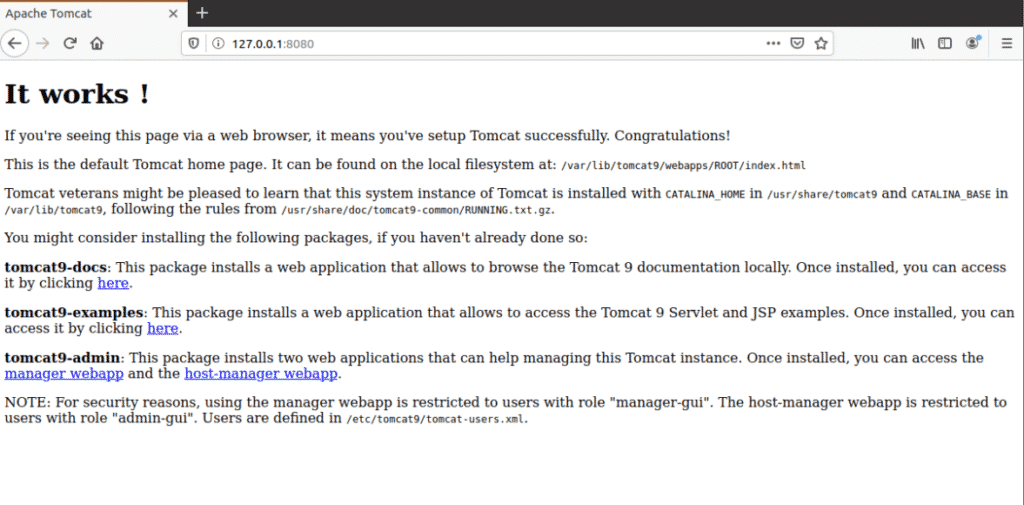
Let's do this for the above example, first fire up a text editor (I like nano) and create the setenv.sh file. 1) Download, unzip, and start Tomcat wget tar xvf apache-tomcat-8.5.15.tar.gz pushd apache-tomcat-8.5.15 bin/catalina. We do this by defining a setenv.sh file /opt/tomcat/bin. This is primarily to re-enable building the installer on the Linux based CI system where the combination of NSIS 3. To get Tomcat to use not only the above file, but also know variables values for the above variables, we need to pass these variables to Tomcat. Use URL safe base 64 encoding rather than standard base 64 encoding when generating or parsing the HTTP2-Settings. You'll note that in the above production properties file we define certain variables like MYSQL_HOSTNAME, MYSQL_PORT, USERNAME, PASSWORD etc. # use component ids for client-server communication (for load testing, false by default) Change to TRACE to print out values in logs First, open a terminal and download the latest package information with the following command: sudo apt update. The repository should contain the latest stable version of Tomcat. Then, under the heading 8.0. The easiest way to install Tomcat Server is from Ubuntu’s default software repository.

# Logging level of values passed to SQL statements. First, head-on-over to the Apache Tomcat 8 Download site. Its a requirement that the users machine has a JDK available, and that the JAVAHOME environment variable is set correctly. 3 22:17:48.498 INFO main .VersionLoggerListener.log Server version: Apache Tomcat/8.0.53. The Tomcat Apache web server is free software that can be downloaded from their website. Change to DEBUG to print out SQL statements into logs we see that Tomcat built on the alpine version of Linux is smaller in size and ideal for experimentation.


 0 kommentar(er)
0 kommentar(er)
